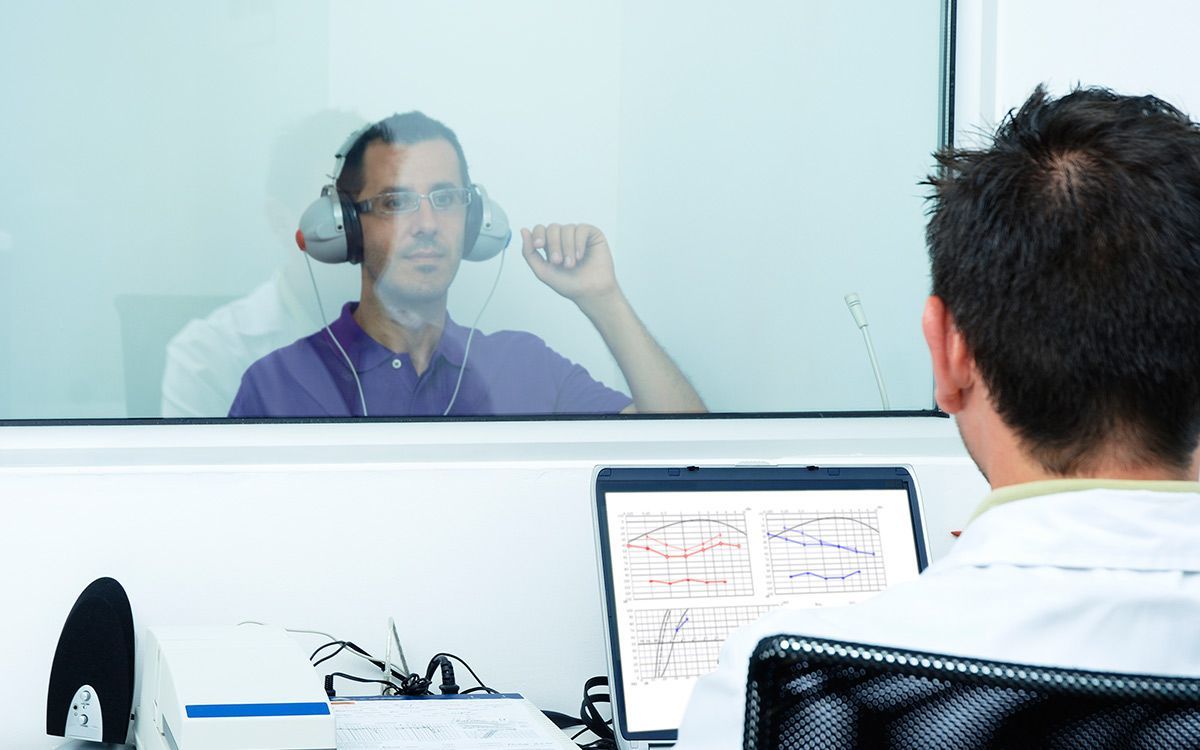Hearing Aids of The Future Are Here Now

Technology is developing into smarter, more powerful, and smaller devices. Generally speaking, the trend is that devices do more and take up less space.
This is also true for hearing aids, and it’s not surprising. Though hearing issues have a variety of causes, hearing issues are more prevalent among older people, and the world’s population is getting older. According to the National Institutes of Health, around 37.5 million individuals and 3 million Canadians describe having trouble hearing, and since age is a better predictor of hearing loss than any other demographic variable, that number will probably increase.
Naturally, if you’re dealing with hearing loss, even one individual with trouble hearing, i.e. you, is one person too many. Are there any better ways to deal with hearing loss? Let’s have them! Here are some of the advancements that are happening.
Complete-Body Tracking Through Your Hearing Aids
This is so intuitive, it’s one of those “Now why didn’t I think of that” developments. Health and fitness trackers need to be worn on the body. So do you really need a device on your wrist if you already have one in your ear? Nope! If you have a newer hearing aid, it can most likely track your pulse, physical activity along with correcting hearing issues such as tinnitus. Certainly, a wearable like an Apple Watch can do that, but hearing aids can give you other kinds of input that can be helpful to monitoring health, like how much time you spend having conversations or listening. How much social engagement you get can actually be an essential health metric, particularly as you age.
Data Streaming
Virtual assistants like Alexa and Siri have quickly moved from smartphones to in-home devices and the principal focus here is connectivity. Audio from a device, such as a smart TV can now be streamed directly to your hearing aid if it is Bluetooth capable. Android developers now have open-source specs provided by Google which allows them to use specific Bluetooth channels to stream uninterrupted audio straight to your hearing aid. This technology is making things like music and movies more enjoyable by acting like super-powered wireless headphones.
Smart Adjustments From Big Data
Similar to how Netflix recommends shows and movies based on what you’ve watched previously, or your Fitbit alerts you to tell you that you’ve reached a milestone (or okay, let’s say stepping stone, depending on how ambitious your daily step goals are), your next hearing aid might make personalized suggestions. Several manufacturers are working on hearing aids that will learn both from the adjustments you make and from listening to the places you go. Some take it one step further, crowdsourcing data on how people use their hearing aids anonymizing and then mixing the data. So whether you’re watching TV at home, or in an IMAX theater, your hearing aids will be capable of using this information to identify what your situation is and make adjustments to give you the most enjoyable audio experience.
Finally Losing The Batteries
Ya, it sounds too good to be true, hearing aids that don’t require batteries? After all, making certain you’ve got spare batteries with you, or even making time to recharge your hearing aid batteries, can be annoying. While we’re not likely to see hearing aids that don’t need any batteries, there has been a continuous improvement in rechargeable technology. You’ll get faster charging time, extended use time, and less worry about batteries, which seems pretty good.


